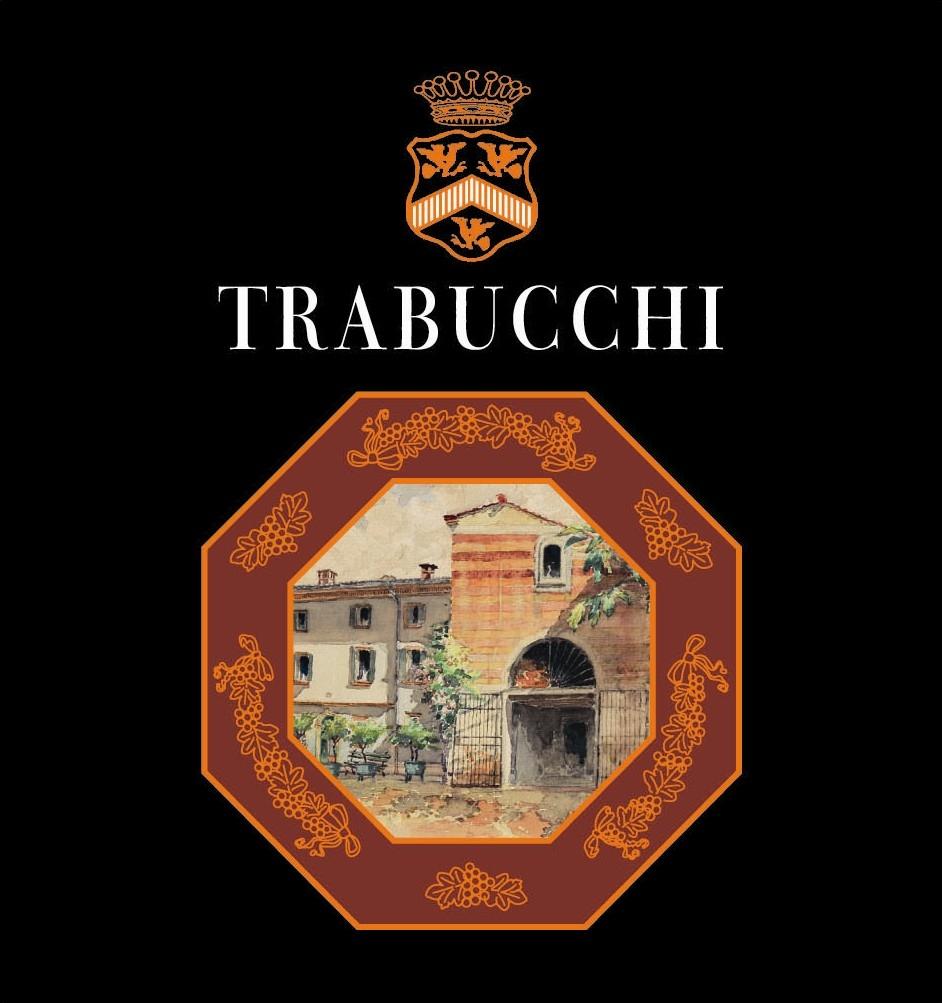2004 Valpolicella Red Blend
The Azienda Agricola Trabucchi Amarone from the esteemed Valpolicella region is a captivating red blend that showcases the rich traditions of Italian winemaking. This wine enchants with its deep garnet color, reflecting the intensity and complexity within. On the palate, it presents a full-bodied experience, harmoniously balanced with lively acidity that adds brightness and freshness. The prominent fruit intensity reveals a medley of dark cherry and dried fig notes, beautifully intertwined with subtle hints of herbal undertones and a touch of spice. Its tannins are notably structured, providing a robust backbone that lends to its impressive aging potential. With a dry profile, this Amarone offers a mouthwatering and lingering finish, making it an excellent choice for pairing with hearty dishes or enjoying on its own as a sumptuous treat.
The Azienda Agricola Trabucchi Amarone from the esteemed Valpolicella region is a captivating red blend that showcases the rich traditions of Italian winemaking. This wine enchants with its deep garnet color, reflecting the intensity and complexity within. On the palate, it presents a full-bodied experience, harmoniously balanced with lively acidity that adds brightness and freshness. The prominent fruit intensity reveals a medley of dark cherry and dried fig notes, beautifully intertwined with subtle hints of herbal undertones and a touch of spice. Its tannins are notably structured, providing a robust backbone that lends to its impressive aging potential. With a dry profile, this Amarone offers a mouthwatering and lingering finish, making it an excellent choice for pairing with hearty dishes or enjoying on its own as a sumptuous treat.




